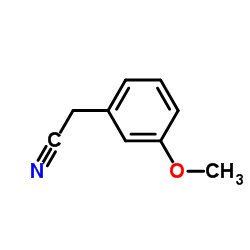| 结构式 | 名称/CAS号 | 全部文献 |
|---|---|---|
 |
3-甲氧基苯乙腈
CAS:19924-43-7 |
| 结构式 | 名称/CAS号 | 全部文献 |
|---|---|---|
 |
3-甲氧基苯乙腈
CAS:19924-43-7 |